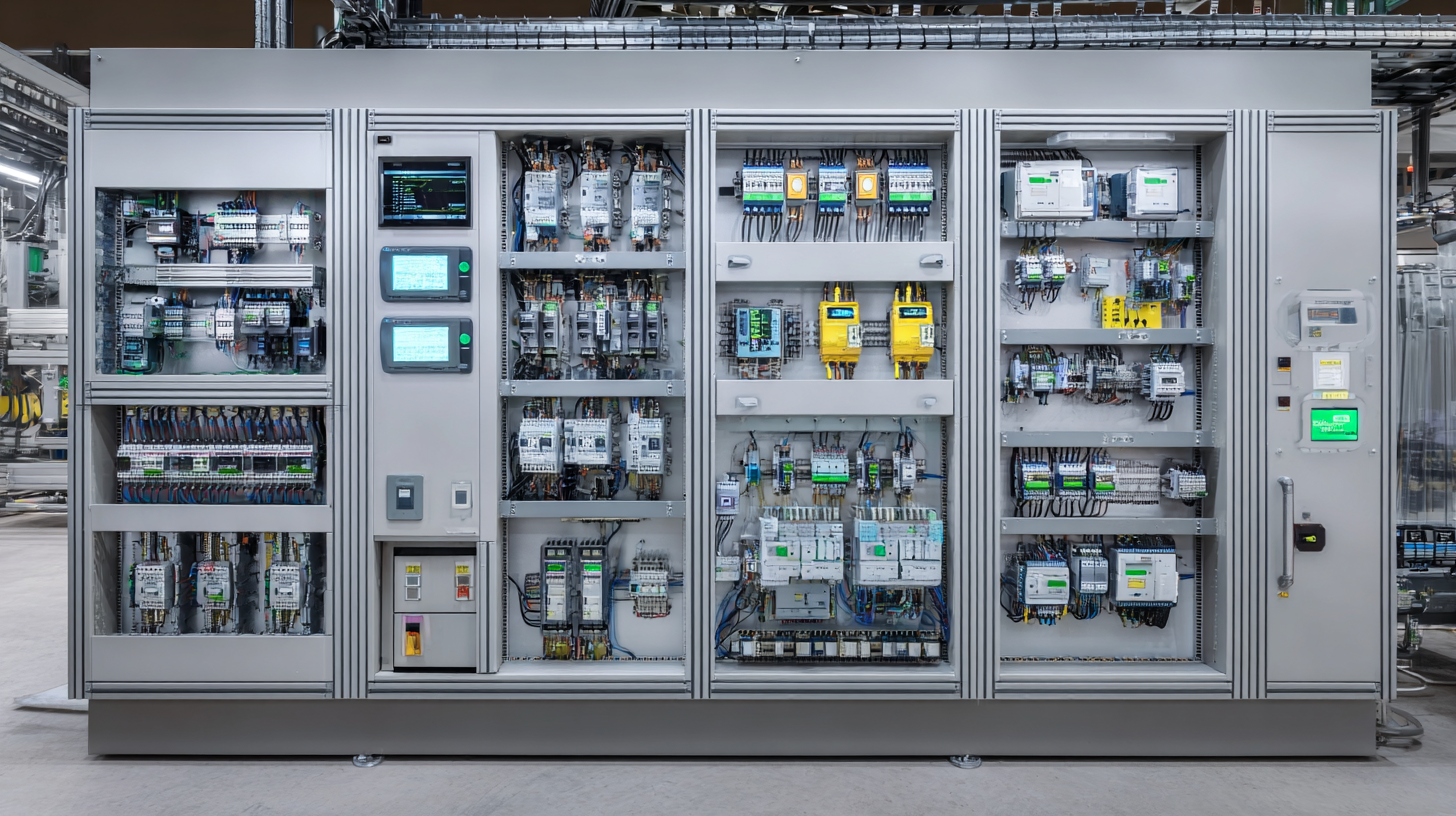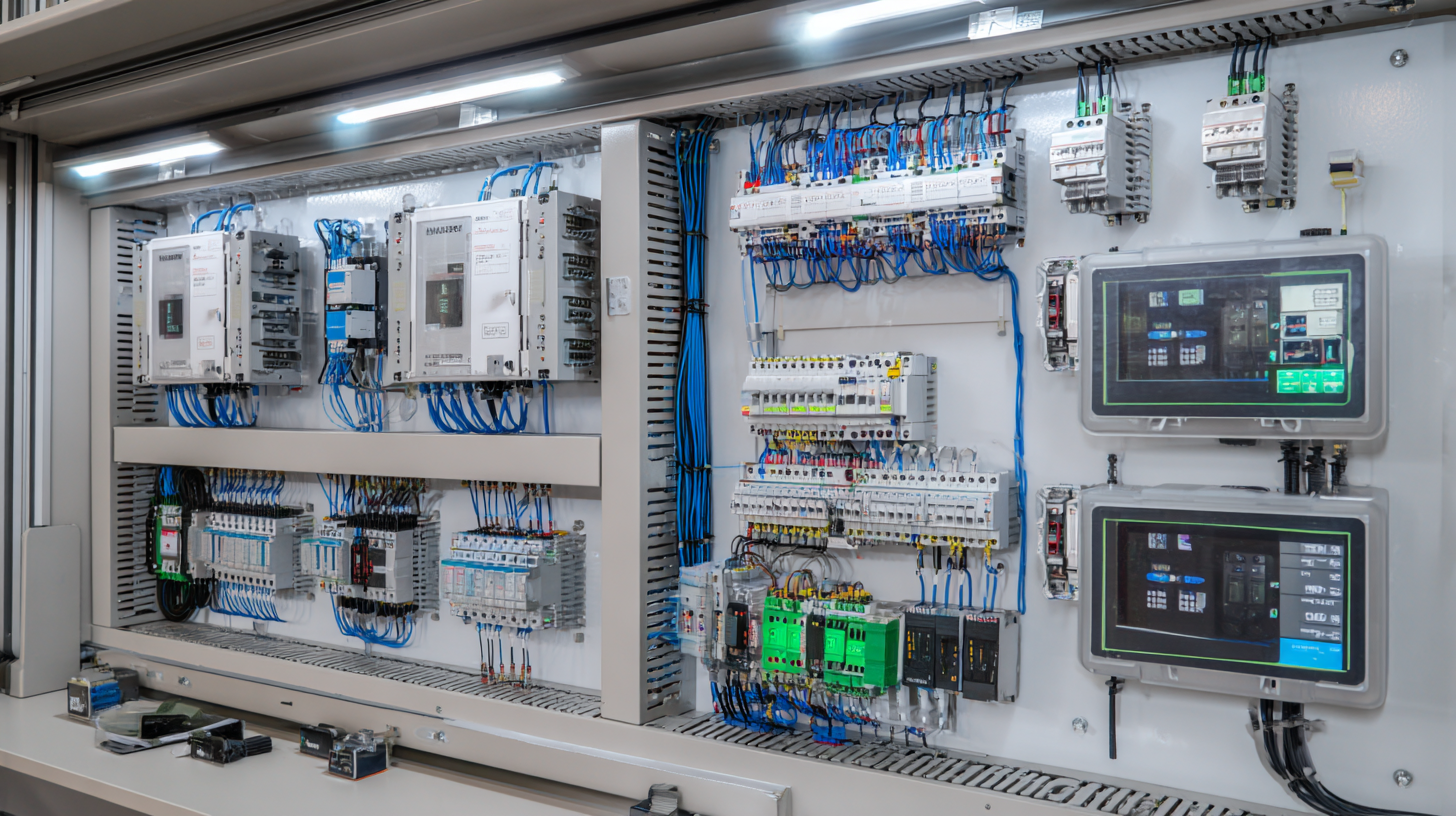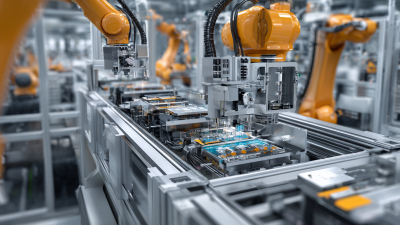In today's fast-paced technological landscape, businesses are constantly seeking innovative solutions to enhance operational efficiency and reduce costs. The integration of controls and automation has emerged as a game-changer, enabling organizations to streamline processes and improve productivity across various sectors. As we look towards 2025, the potential of smart controls and automation solutions becomes increasingly paramount, allowing companies to automize routine tasks, optimize resource allocation, and ensure consistent quality in their outputs.
The rise of smart technologies has not only transformed traditional methods of operation but has also paved the way for a more data-driven approach to decision-making. By harnessing the power of intelligent controls and automation, businesses can gather real-time insights, adapt quickly to market changes, and ultimately gain a competitive edge. This guide aims to explore the myriad ways in which smart controls and automation can boost efficiency, highlighting key strategies and solutions that organizations can implement to thrive in the evolving landscape of 2025 and beyond.

Smart controls have become essential tools for businesses seeking to enhance efficiency and optimize operations. With the rapid growth of industries such as smart homes and healthcare, understanding the key features and benefits of these controls is crucial. The global smart home market, for instance, is projected to skyrocket from $147.52 billion in 2025 to $633.20 billion by 2032, highlighting a remarkable annual growth rate of 23.1%. This surge underscores the increasing demand for automation and smart solutions that improve not only user experience but also overall efficiency.
In the healthcare sector, the integration of artificial intelligence into smart controls further amplifies their value. AI applications range from responding to patient inquiries to assisting in complex surgeries and developing new medications. This transition towards intelligent systems allows healthcare providers to streamline processes, reduce errors, and enhance patient outcomes, essentially transforming how care is delivered. By leveraging smart controls, businesses across various sectors can harness data-driven insights to make informed decisions, ultimately leading to a more efficient and responsive operational framework.

Selecting the right automation solutions is crucial for businesses looking to enhance efficiency and reduce operational costs. According to a recent McKinsey report, companies that implement advanced automation technologies can improve productivity by 20-30%. Therefore, it's essential to take a structured approach when considering these solutions. Start by evaluating your current processes to identify bottlenecks and inefficiencies. This prioritization helps in selecting solutions that address the most pressing issues and align with your strategic goals.
Next, research different automation technologies and their specific applications within your industry. A study by Deloitte highlights that 67% of organizations report improved accuracy and reduced errors after adopting automation. It’s vital to assess how these technologies can integrate with your existing systems. Engaging with stakeholders from various departments will provide insights into their specific needs and how automation can cater to them. Formulating a pilot program to test these solutions can further validate their effectiveness before a full-scale rollout, ensuring that your investment leads to the desired efficiency gains.
| Automation Solution | Key Features | Advantages | Ideal Use Case |
|---|---|---|---|
| SCADA Systems | Real-time data monitoring, control capabilities | Increased oversight and faster response times | Utility management, water treatment |
| Building Management Systems | HVAC control, lighting management, energy monitoring | Optimized energy consumption and enhanced comfort | Commercial buildings, campuses |
| Robotic Process Automation (RPA) | Task automation, workflow optimization | Reduced operational costs and increased efficiency | Finance, customer service |
| Industrial IoT Solutions | Sensor integration, predictive maintenance | Improved uptime and reduced maintenance costs | Manufacturing, logistics |
| Smart Home Automation | Device control, energy management | Enhanced convenience and security | Residential buildings |
Integrating smart controls into existing systems can significantly enhance operational efficiency and reduce energy costs. According to a report by the U.S. Department of Energy, implementing advanced control technologies can lead to energy savings of 10% to 30% in commercial buildings. These technologies streamline processes and allow for real-time monitoring and adjustments, ensuring optimal performance without the need for extensive system overhauls.
When considering the integration of smart controls, it is crucial to evaluate the compatibility of new technologies with existing infrastructure. Conducting a thorough needs assessment helps identify specific areas where automation can be most beneficial. Additionally, investing in scalable solutions ensures that upgrades can be made without entirely replacing current systems, facilitating a smoother transition and minimizing downtime.
**Tip 1:** Start with a pilot project to test smart control implementations in a smaller area before a full-scale rollout. This allows you to measure effectiveness and identify any challenges early on.
**Tip 2:** Train your staff on the new technologies to ensure efficient use and maintenance of the integrated systems, as user engagement is key to maximizing the benefits of automation.
**Tip 3:** Leverage data analytics from smart controls for continuous improvement, allowing for ongoing adjustments that can further boost efficiency and performance metrics.

In the quest for enhanced efficiency, monitoring and optimizing systems is crucial. Smart controls and automation solutions can greatly aid in this endeavor by providing real-time data on performance metrics. Utilizing these tools, organizations can identify bottlenecks and inefficiencies in their processes, allowing for timely interventions. For instance, advanced sensor technologies track equipment performance, while analytics platforms assess workflow efficiency. This data-driven approach empowers businesses to make informed decisions and fine-tune operations for better productivity.
Moreover, implementing techniques such as predictive maintenance plays a significant role in optimizing efficiency. By anticipating potential failures before they occur, organizations can minimize downtime and extend the lifespan of their equipment. Additionally, integrating automated systems with machine learning capabilities can enhance decision-making processes, enabling systems to adapt dynamically to changing demands. Ultimately, leveraging these monitoring tools not only streamlines operations but also fosters a culture of continuous improvement, paving the way for sustainable success in the ever-evolving marketplace.
As we approach 2025, it is crucial to understand the evolving landscape of smart controls and automation solutions. With the Chinese government prioritizing growth amidst economic challenges, the ICT market is expected to undergo significant shifts driven by policy changes and technological advancements. The anticipated focus on self-controllable, networked, and intelligent systems will shape the future of industrial automation, encouraging businesses to adopt more robust and efficient automated processes.
In parallel, the rise of AI agents marks a turning point in automation capabilities. By 2025, intelligent systems will be integrated deeper into various sectors, enhancing efficiency and productivity. The impending changes suggest that businesses must prepare to adapt to these innovations. The transition towards automation and smart controls will not only streamline operations but also reframe workforce dynamics, as millions of jobs could evolve with the adoption of these technologies. Thus, preparing for these trends is essential for companies aiming to thrive in an increasingly automated world.






